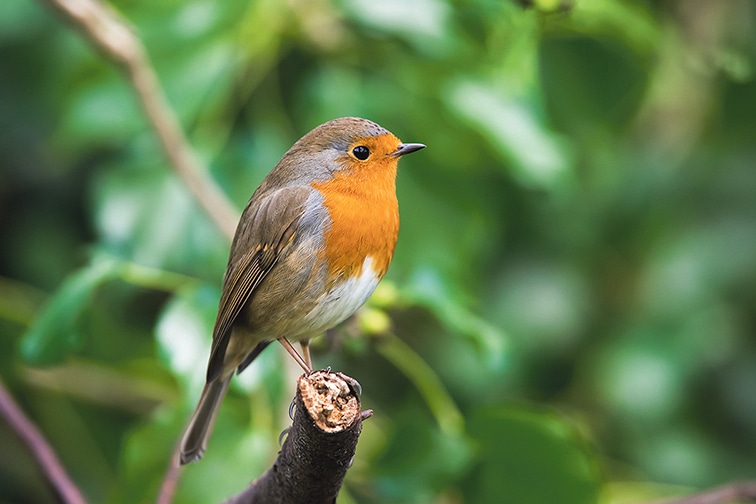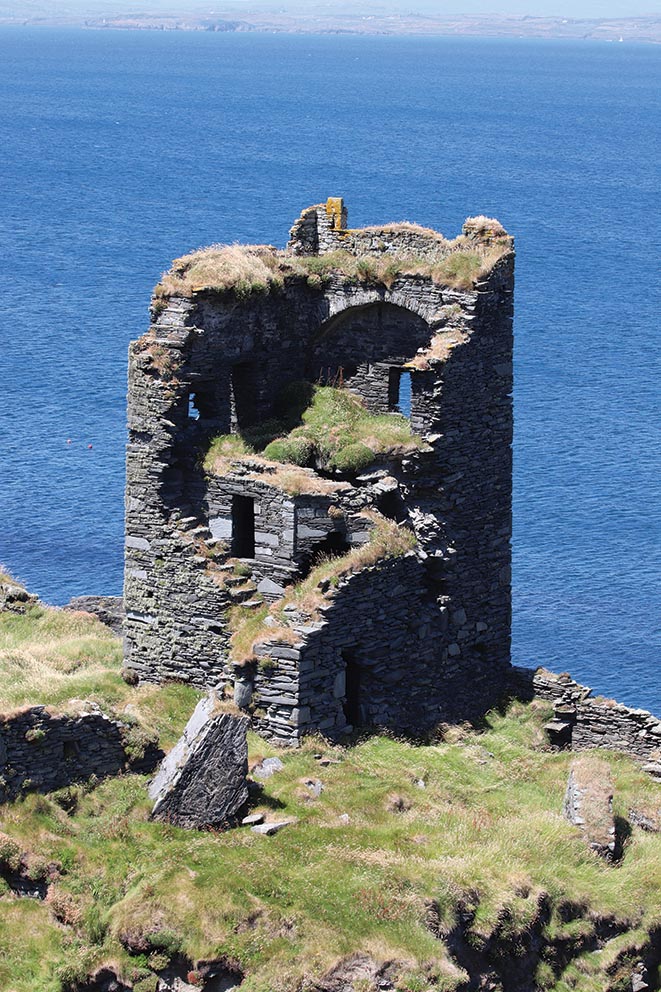We have all heard that a four-leaved clover is lucky but the ‘hungry-grass’ was quite the opposite and very unlucky indeed for anyone who stood on it. ‘Hungry grass’ cannot be distinguished from other kinds of grass. It is said to grow on the spot where some poor person died […]








